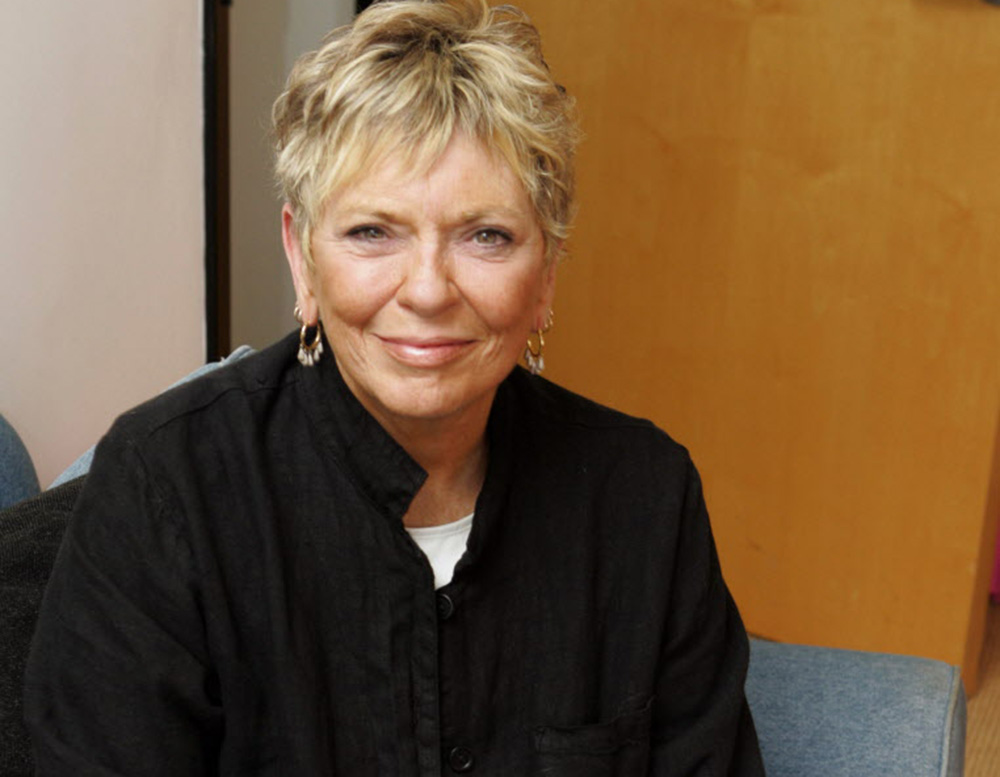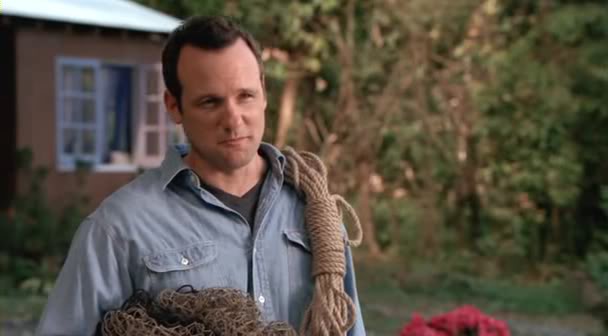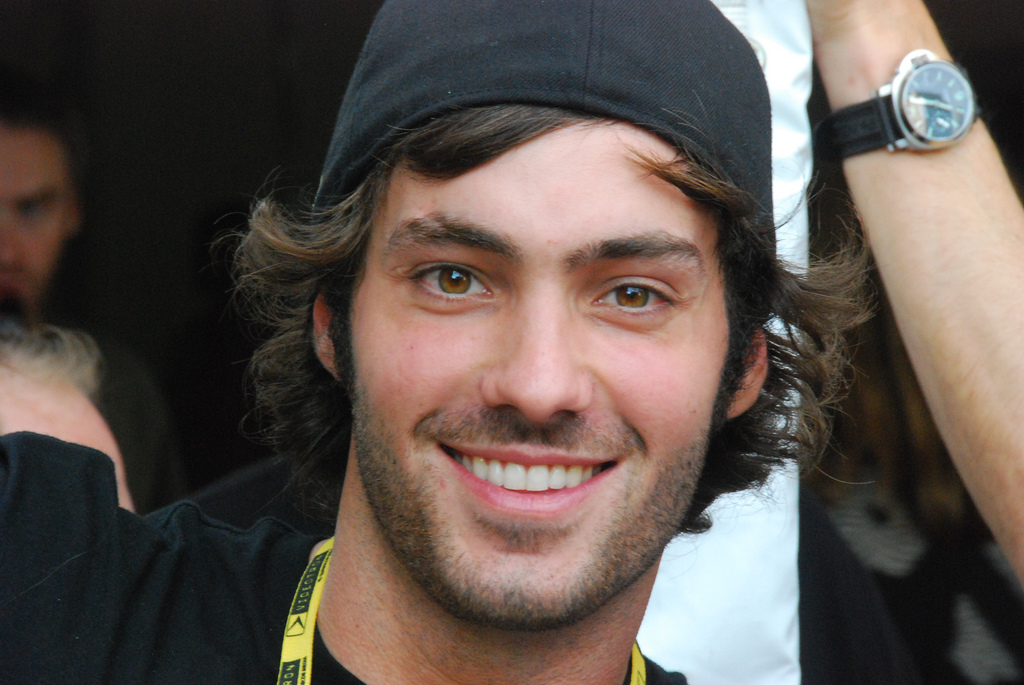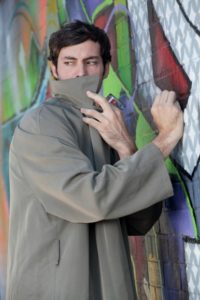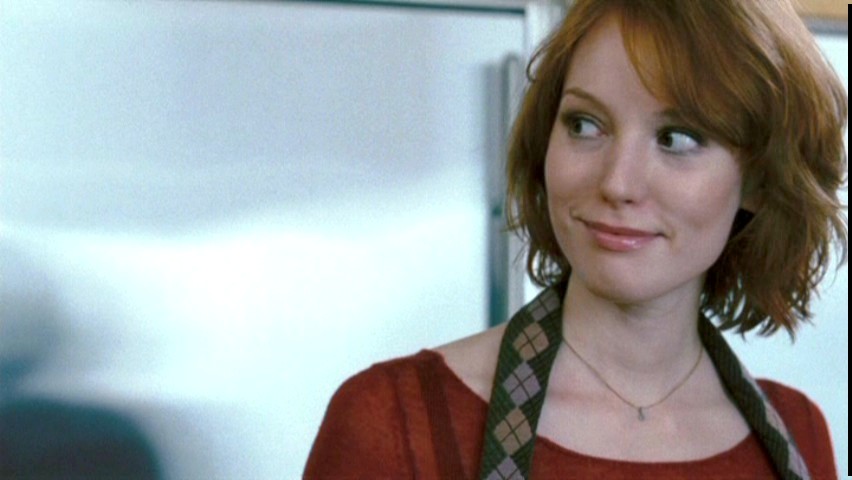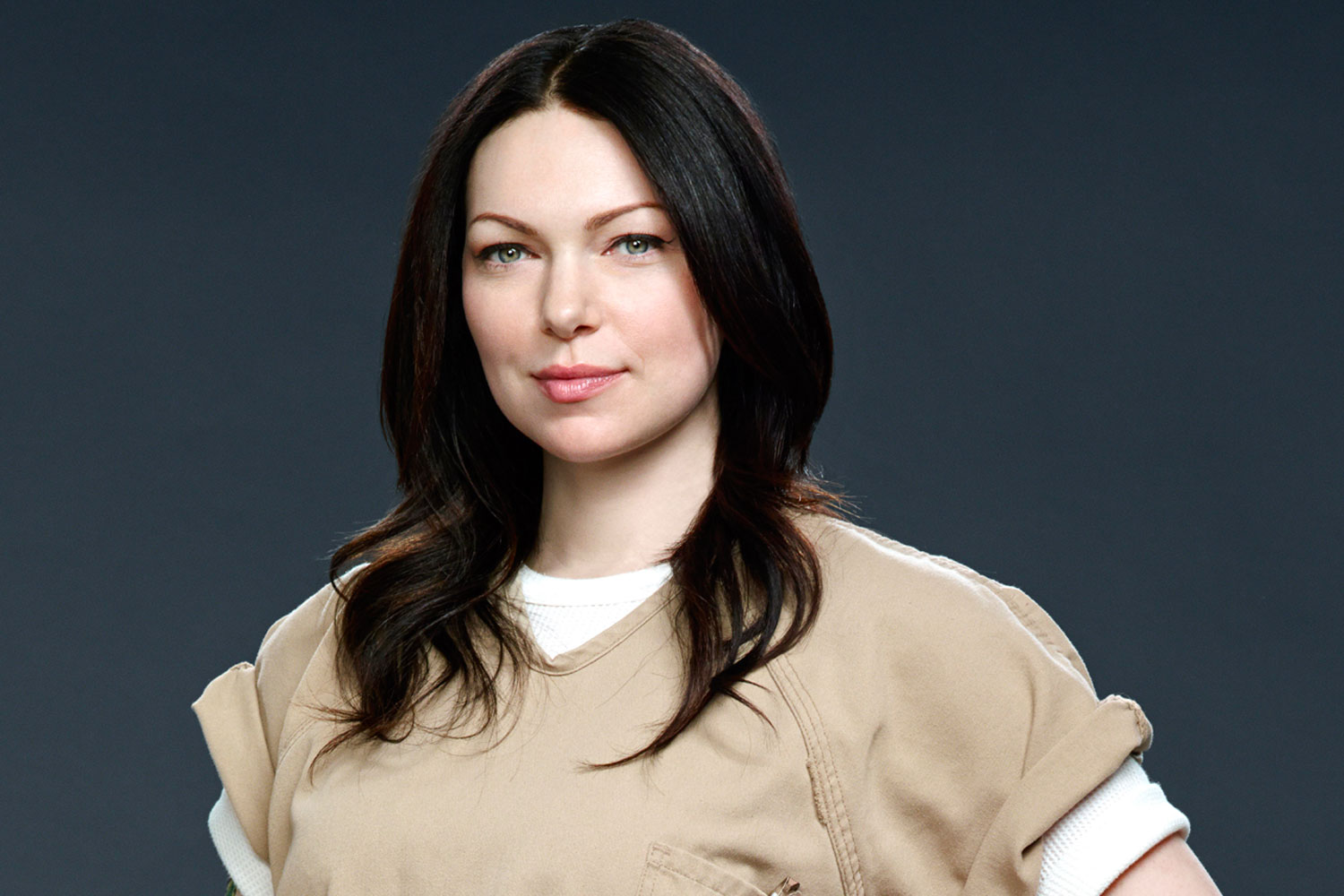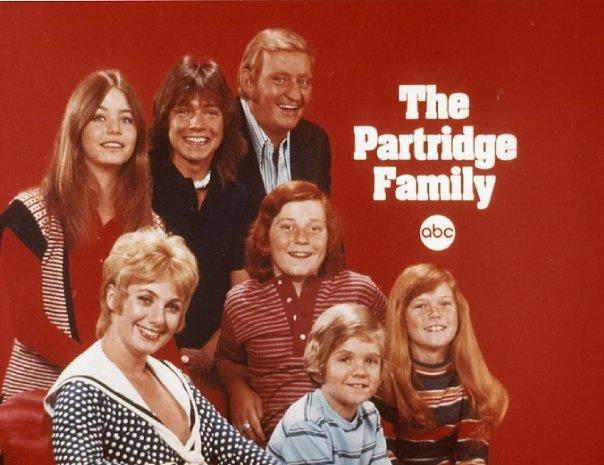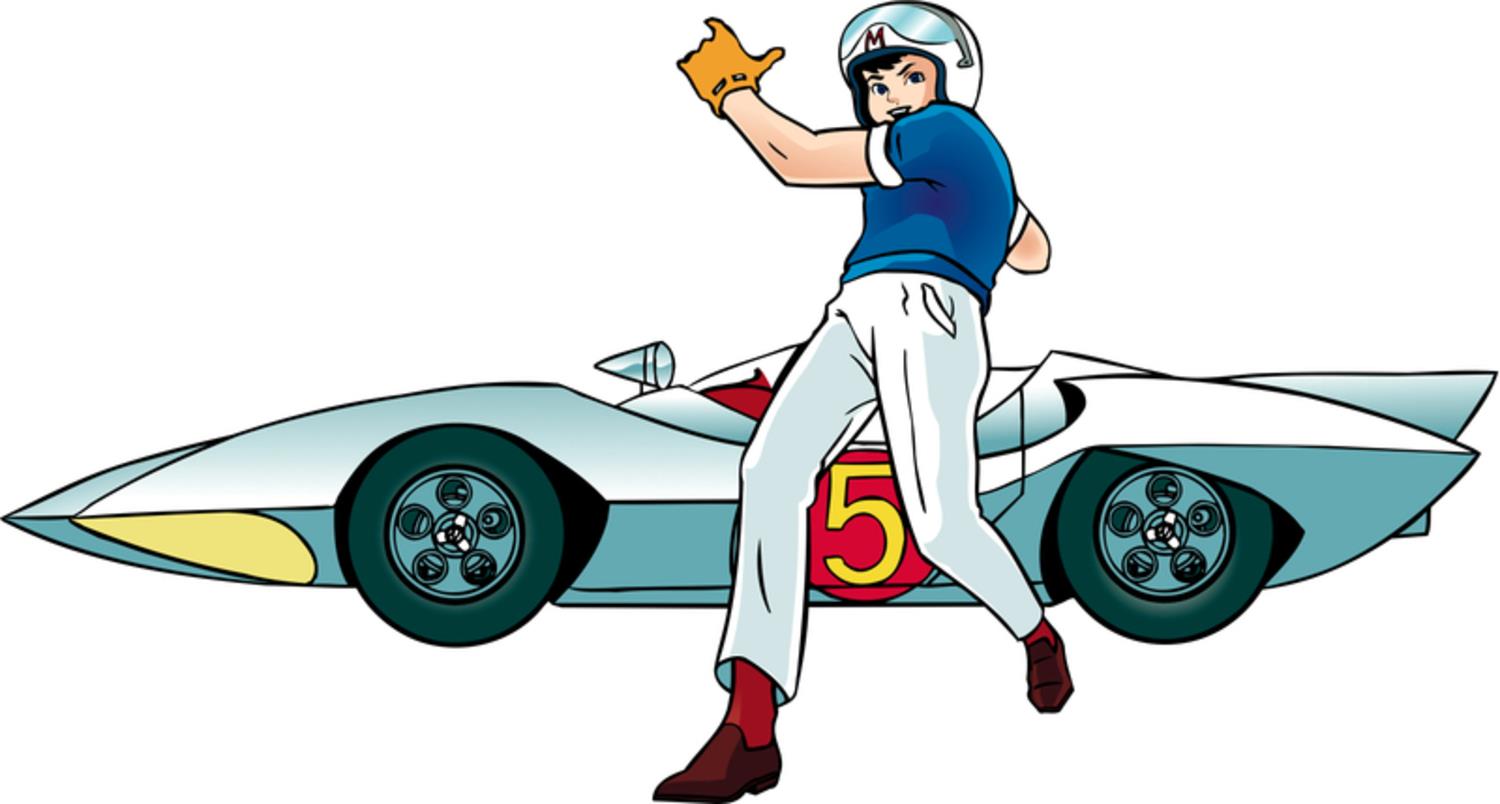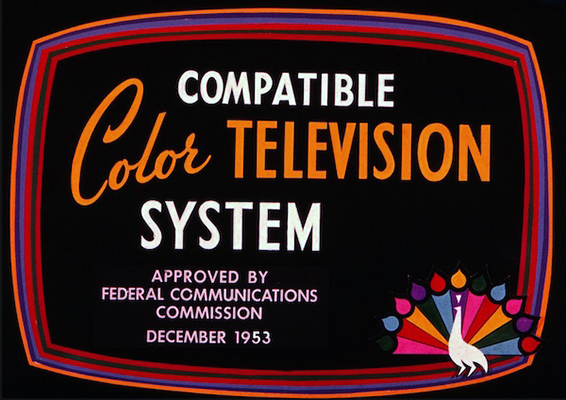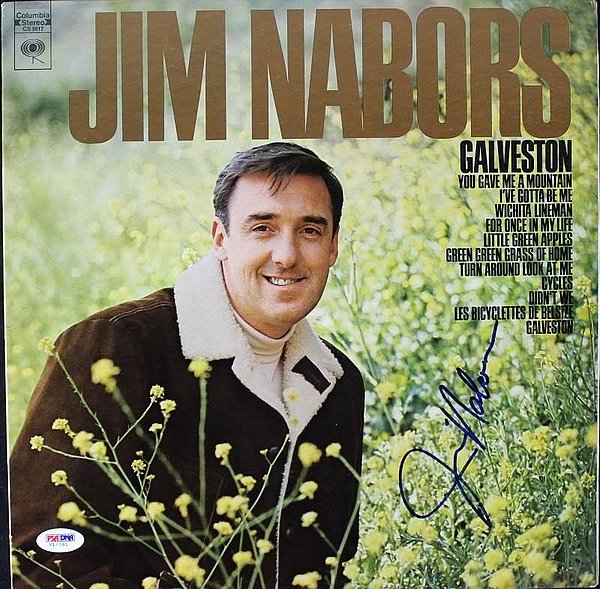We’re always better off when we see the world through Linda Ellerbee’s eyes, and now we’re even more fortunate to get a taste of life with the help of her mouth. That infamous mouth – the one with the trademarked smirk that would wryly remind us “and so it goes” for over twenty years –– the mouth that would often bring TV network and AP Wire executives to a high boil – the mouth that inspired the classic sitcom Murphy Brown – the mouth that now says, “whenever I get into trouble it’s because they quoted me accurately, not inaccurately” is now talking again in her latest book, “Take Big Bites” (Putnam).
It usually doesn’t take much for Ellerbee to open this mouth, and when she does, she intrigues us and draws us into her worldview – a view as dry as it is fertile, and void of pretense. She’s smart and funny to a fault, and her Texas touch has you hog-tied and happy before you even have a chance to disagree with her incredibly good sense. She’s mouthy, for sure – but as often as her mouth is open, so is her soul, her mind and her need to talk to strangers (“As a journalist, I’ve made a darn good living talking to strangers,” she says. “When you talk to strangers, they are not strangers anymore.”).
Here, she shares some incredible and thought-provoking stories of her unique life through her experiences with meals, both good and bad, both memorable and forgettable. It’s a simple idea told simply, but when Ellerbee communicates, it’s like comfort food with deep, rich layers. It goes down easy and leaves you thinking.
In a word: magically delicious.
Mix one-part travelogue with a healthy dash of one-and-only style autobiography (typical chapter title: “No Shit, There I Was”), stir thoughtfully with recipes that actually entertain (“tie a bandanna around your head to catch the sweat” is actually Step #5 when making the Vietnamese dish, Pho) and salt to taste. However, you won’t need to add much, as Ellerbee leaves nothing on the bone regarding her failed marriage, her breast cancer, her frank talk with her bestest Rhinestone Cowgirl girlfriends, raising two children while balancing a career in journalism, and her twenty-year relationship with her unlikely lover and life partner Rolfe Tessem (a man who hates picnics).
There’s a meal – a bittersweet memory – for every one of these tales, which takes us by land and by sea from Vietnam to London to Mexico, with stops in Afghanistan and Houston. In the end, she’s spent and we’re full — there is not a secret left unrevealed, including her recipe for her specialty, down-home Frito Pie.
She says, “In my journals – for whatever reason – I noticed that I had noted meals along the way –and why they were important, and why they connected me to other things in my life. Other than music, nothing takes us back to a place and time quite as quickly as the taste of something. I can taste my mother’s fudge pie and be there with her in her kitchen with her alive. It would take me there.”
One meal at a time, as well as one friend, lover, child, cancer and career milestone at a time, Ellerbee eats her way to an epiphany. She says, “A lot of my life had been about exploring and adventuring in one way or another, whether it being one of the first women on TV news or losing both my breasts or traveling or what have you.”
Our appetizers came in the form of her first two bestsellers (“And So It Goes” in 1986 and “Move On” in 1991). It was a damn long time to wait for a writer this good and a main course this satisfying, and we are hunnnn-gry.
Why so long?
“My day job got in the way,” she replies. And what a day job it is (and night job as well; in fact, it’s almost 24/8). Her production company, Lucky Duck, offers the Emmy-Award-winning news program for children, Nick News, on Nickelodeon, among other fine projects. It’s the good fortune of children today to have Ellerbee’s no-bullshit take on the news. Because of this, we know that the world will be a slightly better place in the future.
As we learn in her three books, her life had been a series of improbable plot twists and swift kicks in the ass. Her humble Houston beginnings did not seem to be a likely coming attraction for international acclaim and the back-biting business of network news. In fact, it seemed more likely that little Linda Jane would turn out more like Betty Crocker than Diane Sawyer.
She says, “I come from the kind of family that when we are eating one meal, we are talking about the next one.”
It’s one of those stories that would never work as fiction, but Ellerbee tells it better:
“It goes back to my father, who told me I could do anything, I could be anything, and who also persuaded me that a foot in the road is a good place for a foot to be,” she says. “And then I had a high school teacher who told me, ‘You are going to be a writer. You are a writer.’ When I was twenty-seven years old, my husband left me, and I had a two-year-old and a three-year old, and no job and no college degree. I had nothing but the memory of this teacher telling me, ‘You are a writer.’
“So I sat down and I wrote a letter. I thought I wanted to be a journalist. When I was growing up, I loved the movie His Girl Friday. I wrote this letter saying that I would be very good at this. I sent this to every newspaper and wire service in the United States. Television never entered my mind. I got a job with the Associated Press in Dallas, and moved there, and went to work, and was fired about four months later for accidentally letting a personal letter get out on the Associated Press news wire. Of course, in the letter, I shot my mouth off about my boss. They fired me only because they couldn’t shoot me.
“What happened instead is that I got all these job offers. One of them was from KHOU, the CBS television affiliate in Houston, my hometown. I went to work there for eight months, and then was offered a job in WCBS in New York, where I stayed for three years covering – get this – crime and strikes. Then NBC gave me a job to cover… the United States Congress!”
After that perfectly logical and non-ironic transition from crime to Congress, it was on to the legendary midnight cult obsession, NBC News Overnight. This offbeat news program was beloved by 80s college students, rock stars (Crosby, Stills, Nash and the Grateful Dead were devotees) and celebrities (Sammy Davis, Jr. would call in after the show to express his passion for it).
“If the Nielsen’s had rated colleges,” Ellerbee says, “we would probably still be on the air.”
In 1986, Ellerbee co-hosted the greatest television program never watched, called Our World. What made this ABC documentary series exquisite was not just an intelligent, hip and unsentimental look at pop culture and politics, but it was, more importantly, Ellerbee’s take on pop culture and politics. Its cancellation after one fabulous year became America’s loss (America was watching Cosby instead, and did not yet know how to program its VCR.).
Reflecting on her first book, “And So It Goes,” she says, “I never meant to write [it]. That was an accident. Nobody expected it to be a best seller. That was a big accident. I think you have to leave yourself open in life to happy accidents, because Lord knows you’re going to get the other kind. It was an accident that I was a journalist. The rest of my family all had honest jobs.”
From there, it was on to Lucky Duck and a sitcom loosely based on her career.
She says, “[Murphy Brown’s] executive producer, Diane English, told me that she wanted to do a series with Candice Bergen about an anchorwoman whose mouth always got her into trouble and could they follow me for a couple of months. An anchorwoman whose mouth always gets her into trouble? What’s there not to like?”
However, it was not all laugh tracks and group hugs. Her diagnosis of breast cancer in 1992 put her in a rare place – the sidelines – but only briefly. This lucky duck still had a lot of livin’ to do.
She says, “Any life threatening disease changes you. It takes your illusions of immortality, which we tend to live with for as long as possible. It does remind you to stop and smell the flowers. I’m thirteen years out after breast cancer. I have to be careful because unless I consciously stop and think, I will start rushing so fast that I’ll go, ‘whoops, there goes another flower.’ I have to remind myself again that I’m not going to be around forever.”
Her current book has a second motive and message: “’Take Big Bites’ is a life philosophy more than it is about food. Americans have become so afraid of travel, especially traveling outside their own country. And I want them to know that it is safe, and that people may disagree with our government but they may not disagree with you. Maybe after a while we can all stop being afraid of one another.”
This young sixty-year-old also says, “If at any time in my so-called adult life, you had asked me what I would be doing five years from that point, I would have gotten the answer wrong. And it has taken me this long to figure out that that’s okay. This is not the dress rehearsal. This is your life. Get out there and take big bites of it.”
This article originally appeared in Popentertainment.com
